Report this entry
More from the same community-collection
Jennifer Han World Title Fight - 2016
Photograph of the ring girls after the fight between Jennifer ...
Jennifer Han World Title Fight - 2016
Jennifer Han after the fight between her and Liliana Martinez. ...
Jennifer Han World Title Fight - 2016
Jennifer Han after the fight between her and Liliana Martinez. ...
Lester Bedford & Thomas Treiber - Title Fight - 2016
Photograph taken before the Jennifer Han and Liliana Martinez ...
Jennifer Han & Liliana Martinez Title Fight - 2016
Jennifer Han & Liliana Martinez Title Fight - 2016 EL PASO, ...
Jennifer Han Retains World Title - 2016
Jennifer Han retains her world title after defeating Liliana ...
Jennifer Han Title Fight - 2016
Jennifer Han title fight at the Don Haskins Center. Jennifer Han ...
Jennifer Han Title Fight - Don Haskins Center - 2016
El Paso, Texas - Jennifer Han after the fight with Liliana ...
Jennifer Han Title Fight - Don Haskins Center - 2016 - Video
Jennifer Han and Lilliana Martinez title fight at the Don ...
Jennifer Han World Championship Fight - Video
Jennifer Han and Lilliana Martinez title fight at the Don ...
Chinese Students and American Teachers - 1900
Chinese students and American teachers in the year 1900 in El ...
World Boxing Champion With Coach Tom McKay - 2016
World Champion Jennifer Han displays her Championship Belt while ...
Jennifer Han & Olivia Gerula - World Title - 2017
Han scored a sparkling unanimous decision victory Friday night ...
Jennifer Han & Olivia Gerula Title Fight - 2017
After the fight Jennifer Han wore her championship belt - after ...
Jennifer Han & Olivia Gerula Title Fight - 2017
Han scored a sparkling unanimous decision victory Friday night ...
Jennifer Han & Olivia Gerula Title Fight - 2017
Han scored a sparkling unanimous decision victory Friday night ...
Jennifer Han - World Champion 2017
Han scored a sparkling unanimous decision victory Friday night ...
Jennifer Han & Olivia Gerula Title Fight - 2017
Han scored a sparkling unanimous decision victory Friday night ...
Jennifer Han & Olivia Gerula Title Fight - 2017
Han scored a sparkling unanimous decision victory Friday night ...
Jennifer Han & Olivia Gerula Title Fight - 2017
Han scored a sparkling unanimous decision victory Friday night ...
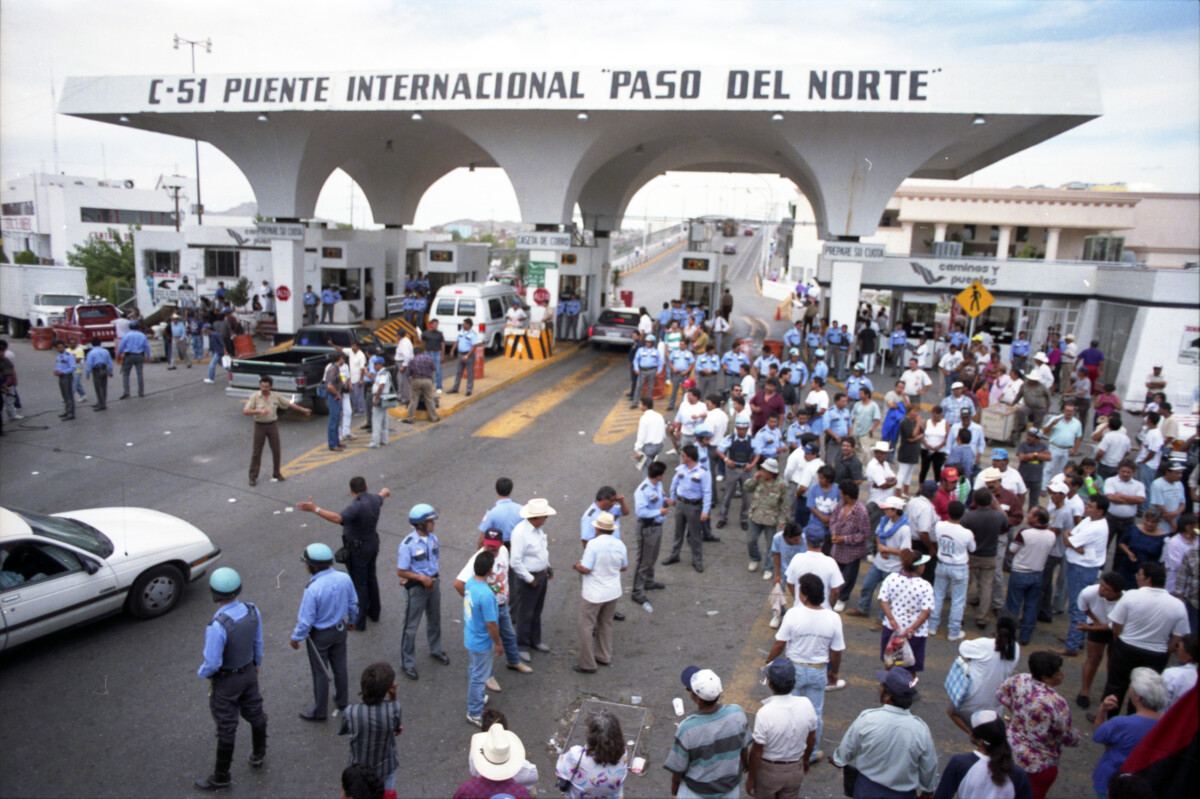
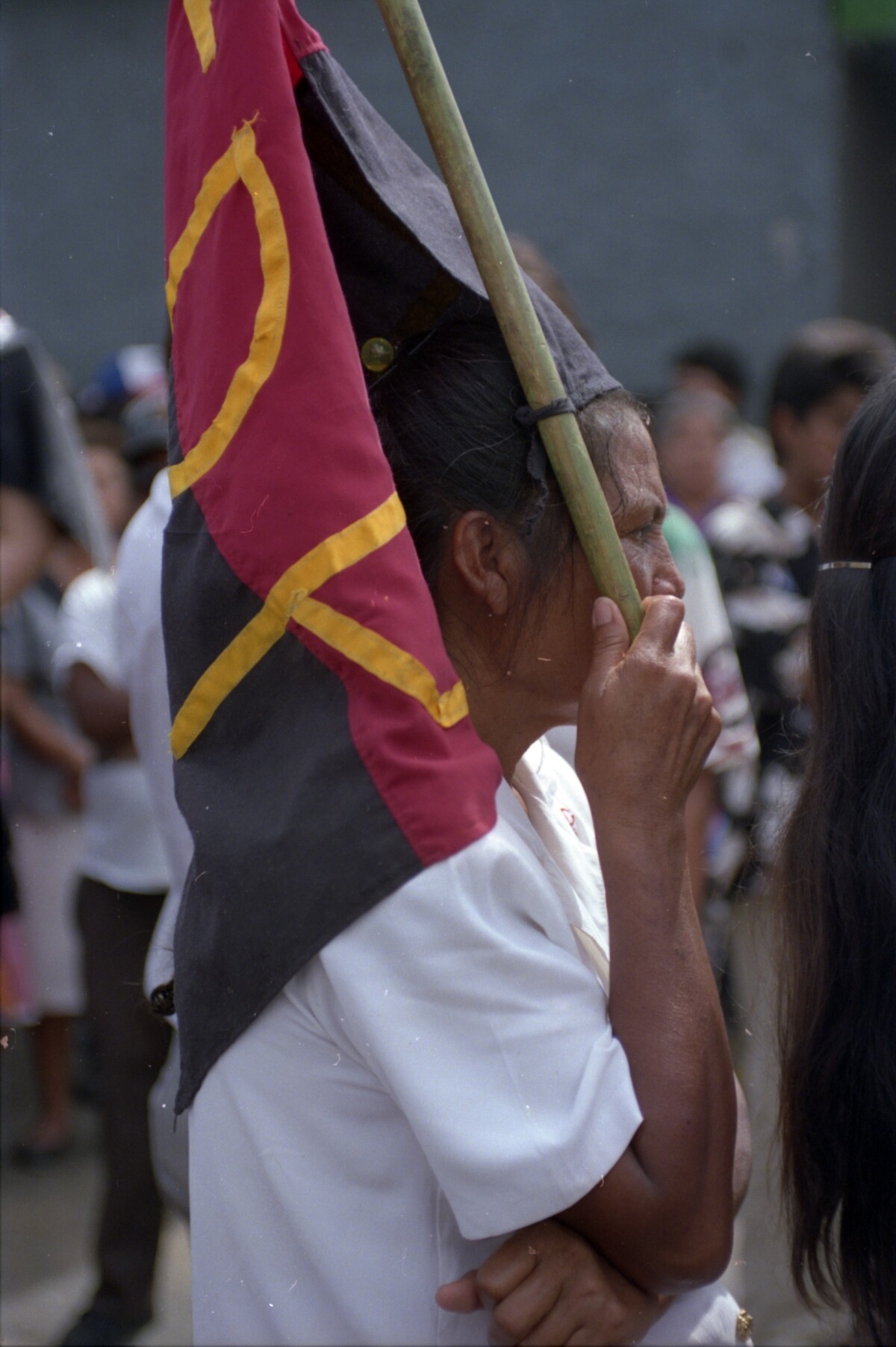

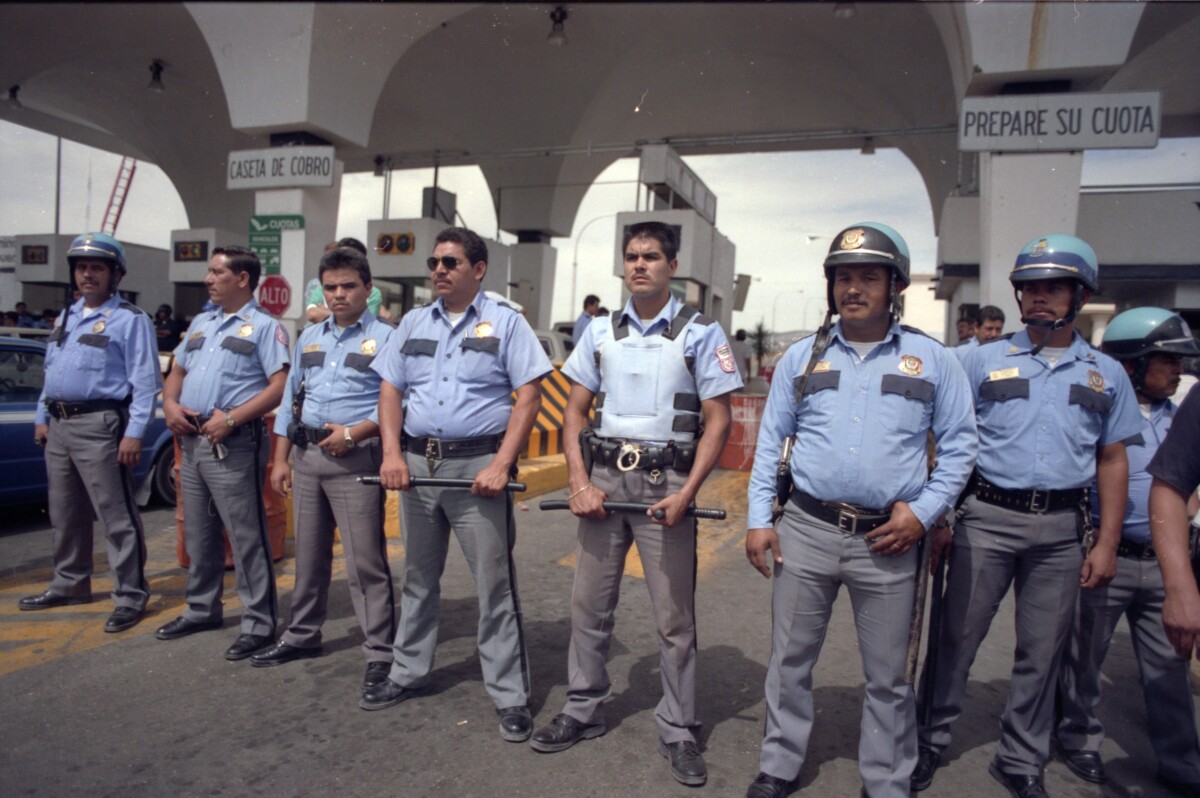
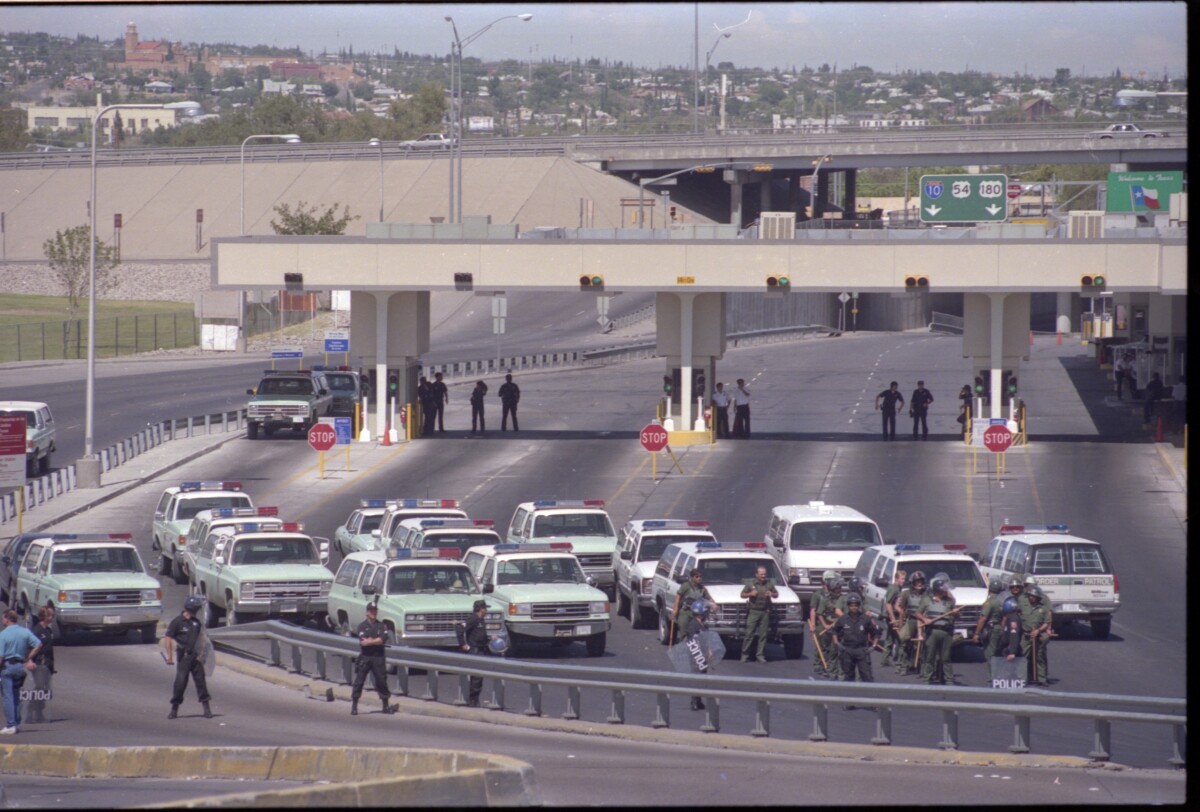

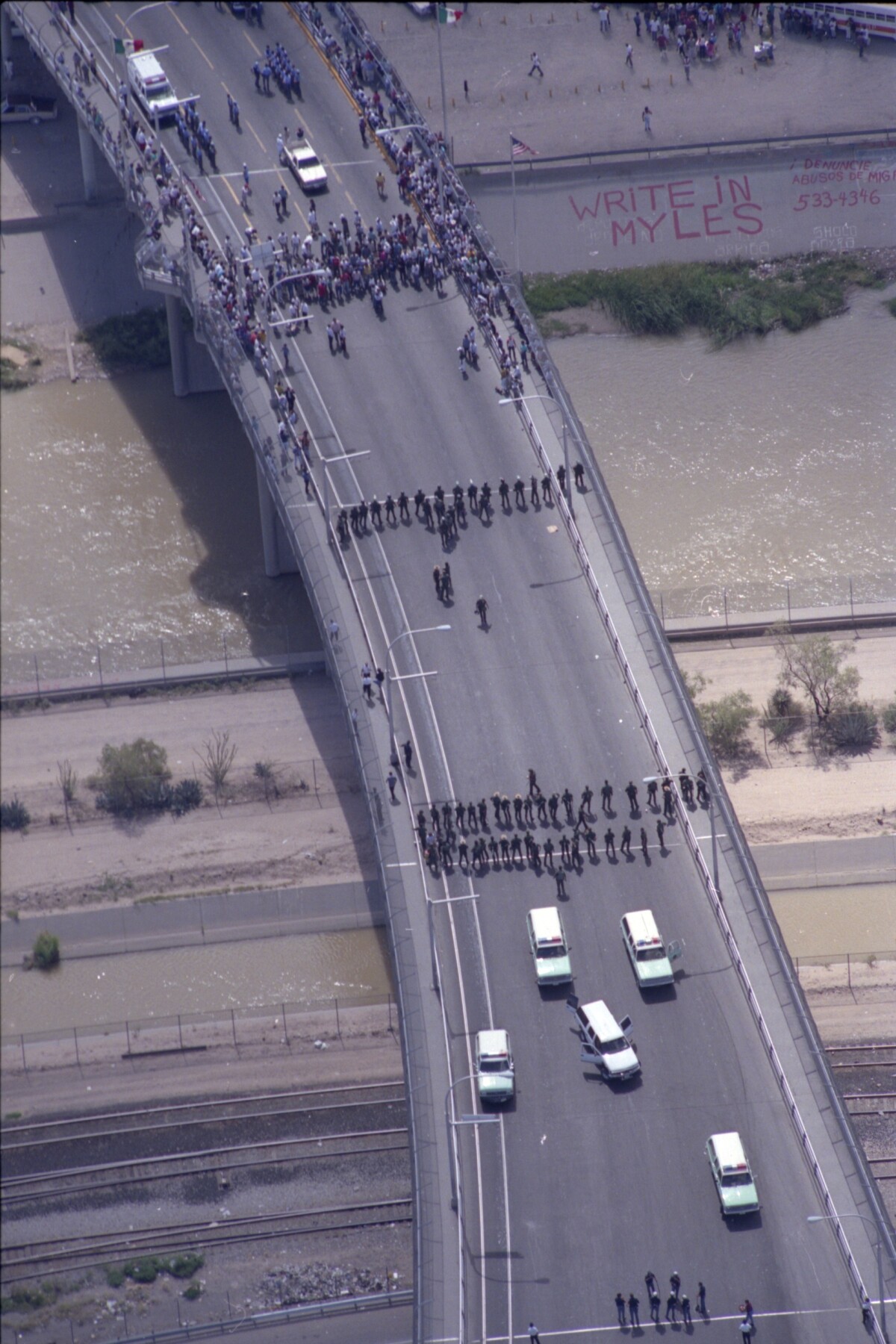




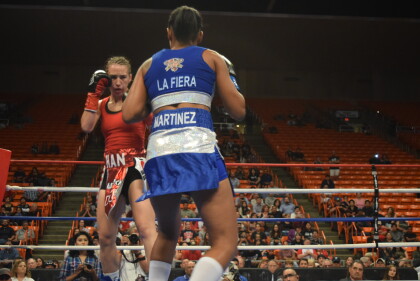



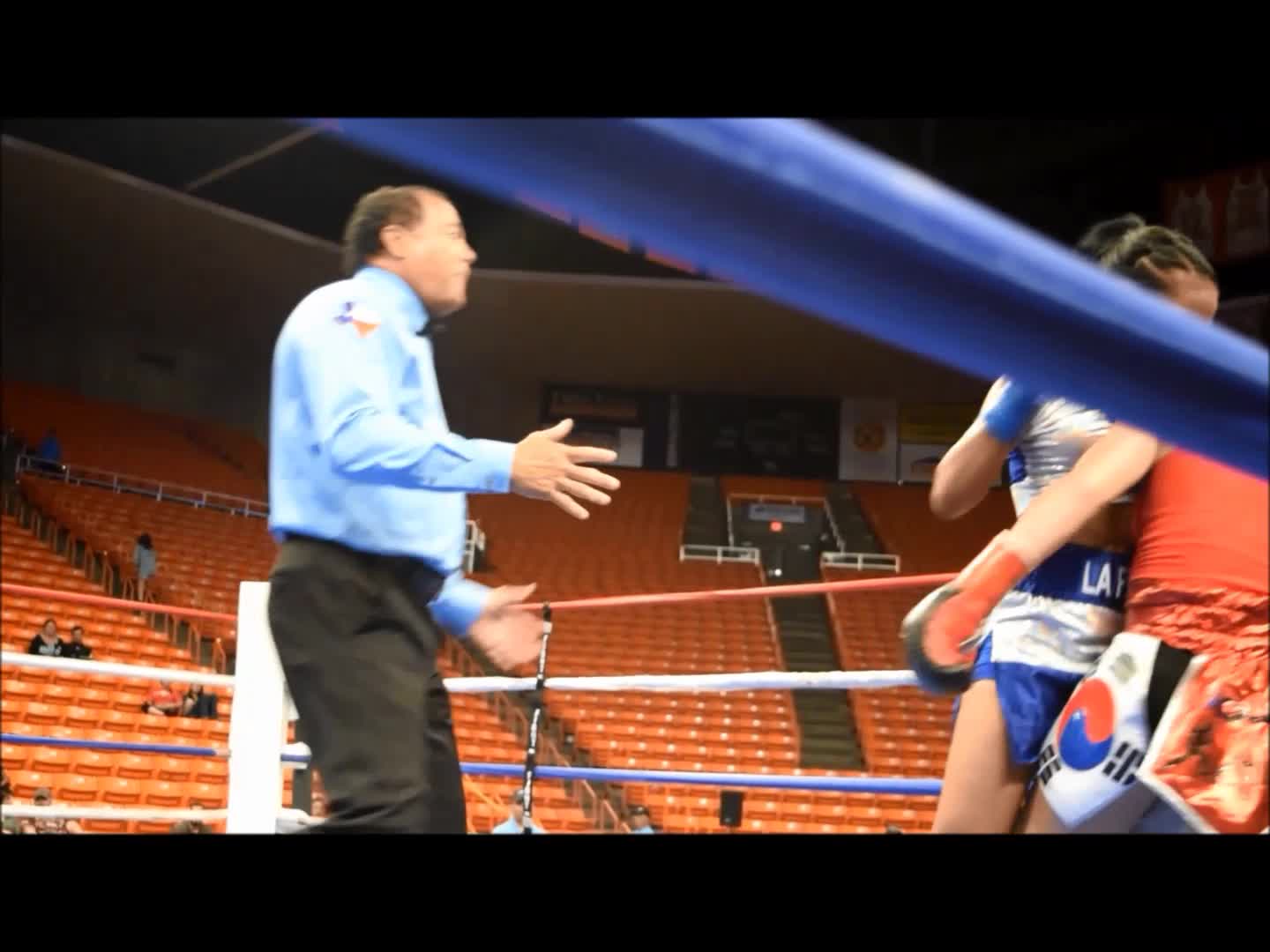
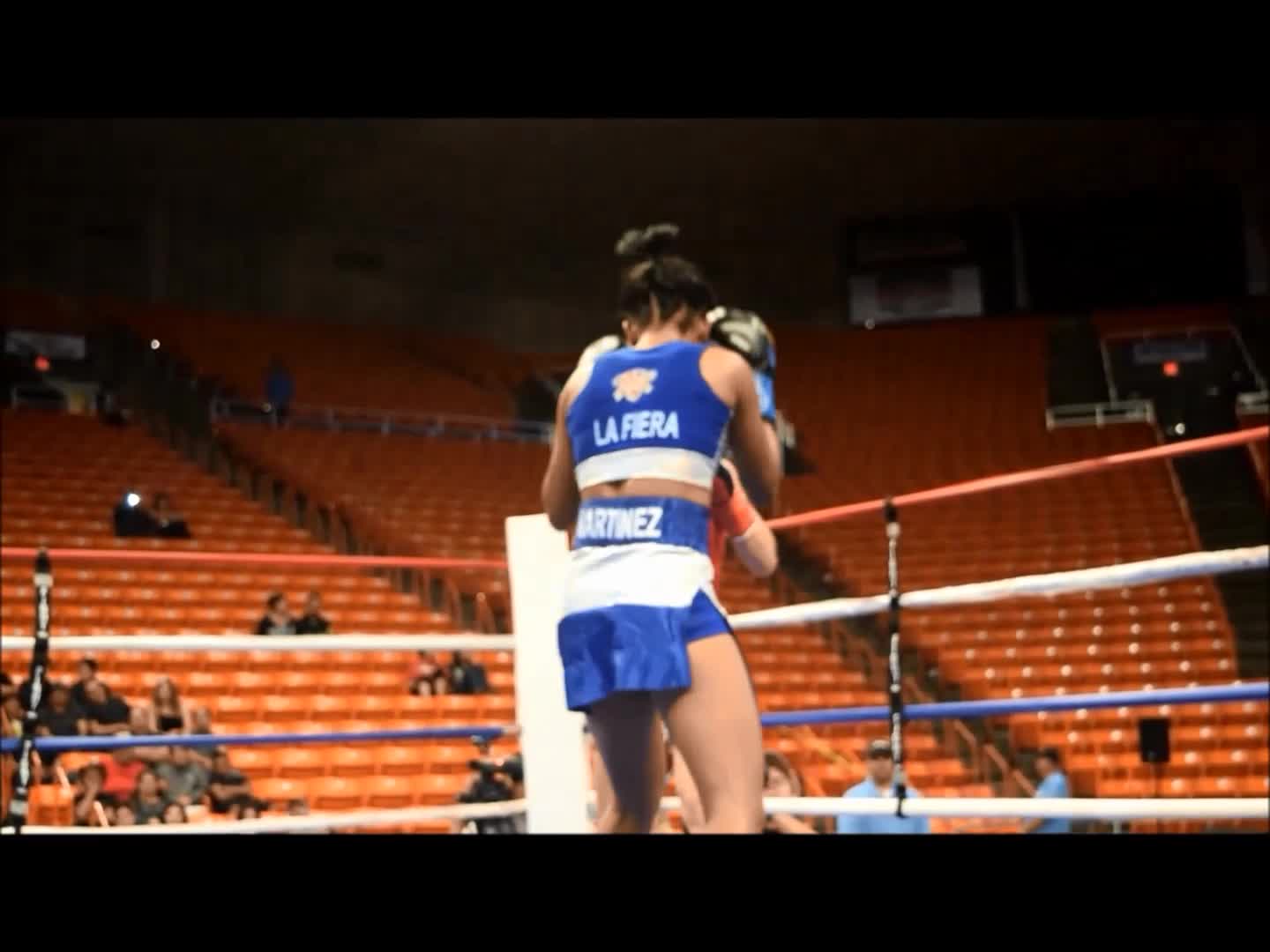
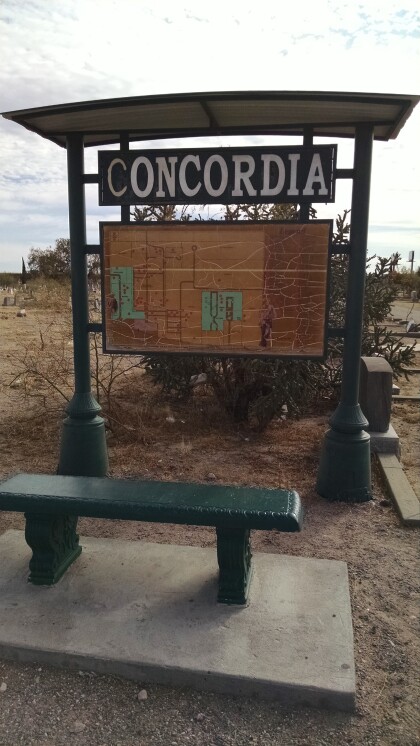
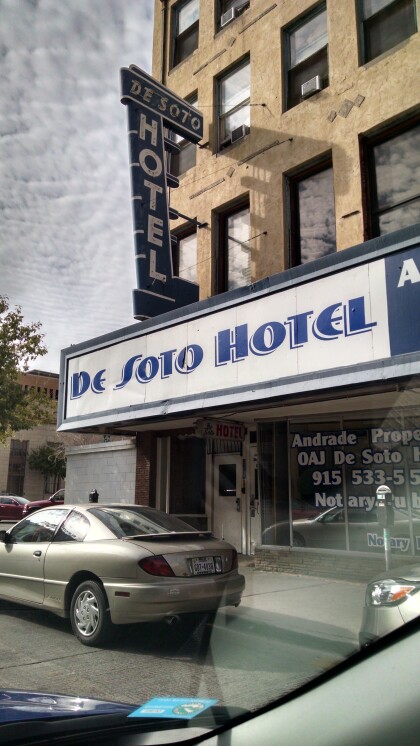
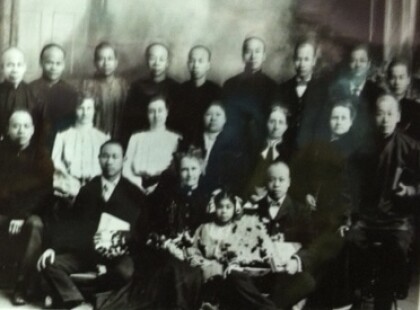




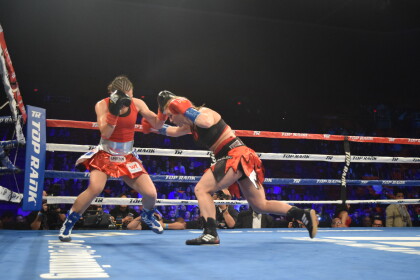
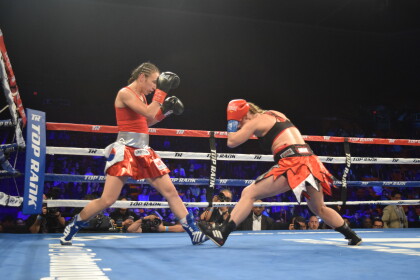




Comments
Add a comment